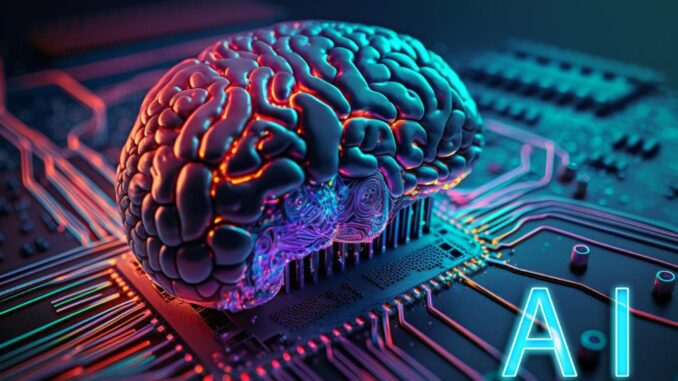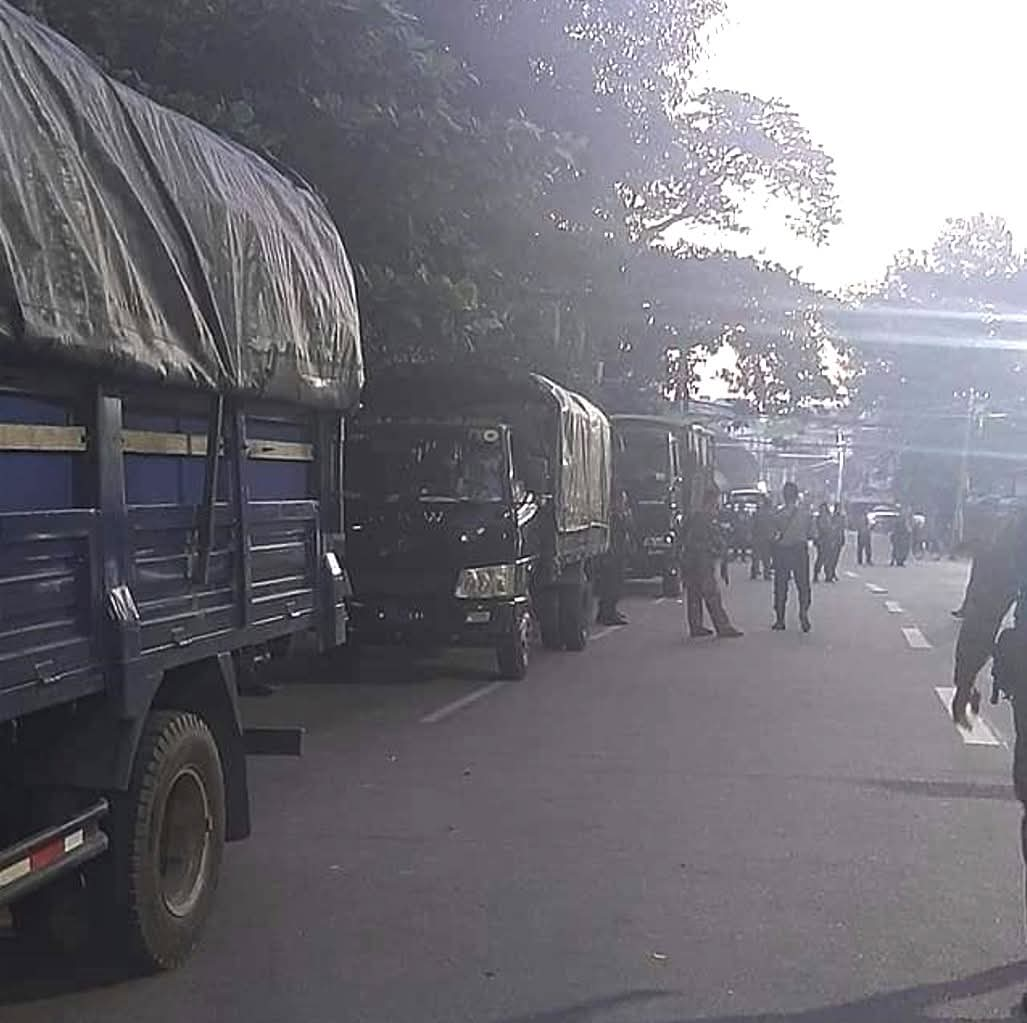
The potential for redistribution associated with AI technologies arises from their transformative impact on the economy and society. As AI continues to reshape industries and workflows, it influences how wealth and resources are distributed. Here are several key aspects to consider regarding AI’s potential for redistribution:
1. Wealth Concentration vs. Redistribution – Concentration of Wealth: Companies that effectively leverage AI can experience significant increases in productivity and profitability. This concentration of wealth in AI-driven firms can lead to greater economic disparities if the benefits of AI are not widely distributed.









– **Opportunities for Redistribution**: Conversely, if frameworks are established to allocate AI-generated wealth more equitably, there are opportunities to redistribute wealth throughout society, benefiting those who may be disadvantaged by technological advancements.
### 2. **Job Displacement and Creation**
– **Displaced Workers**: As AI automates certain tasks, workers in impacted industries may lose jobs. This displacement can lead to economic hardship for individuals and communities, necessitating interventions to support those affected.
– **New Job Opportunities**: While AI can displace jobs, it can also create new roles, often requiring different skills. Investments in education and retraining programs can help transition workers to these new opportunities, aiding in redistribution by equipping more people with the skills needed in an AI-driven economy.
### 3. **Universal Basic Income (UBI) and Social Safety Nets**
– **UBI as a Redistribution Mechanism**: The idea of implementing a universal basic income (UBI) has gained traction as a potential solution to address displacement caused by AI. UBI would provide a regular, unconditional payment to all citizens, helping to ensure a minimum standard of living and promoting economic stability.
– **Strengthening Social Safety Nets**: As the nature of work changes, enhancing and adapting social safety nets like unemployment benefits, healthcare access, and retraining programs can help cushion individuals and facilitate smoother transitions in the workforce.
### 4. **Access to AI Technologies**
– **Equitable Access**: Ensuring that smaller businesses and underserved communities have access to AI technologies is crucial. Programs aimed at democratizing access can empower a broader range of individuals and businesses to leverage AI’s benefits, fostering innovation and economic participation.
– **Digital Divide**: Addressing the digital divide—where certain populations lack access to technology and the internet—is essential in ensuring equitable redistributive outcomes. Policies and initiatives that bridge this gap can help prevent inequities from widening.
### 5. **Taxation and Regulation**
– **Taxing AI Profits**: Some argue for a tax on the profits generated by AI technologies to fund public services and initiatives aimed at social welfare. This could help ensure that the wealth generated by AI benefits society at large rather than being concentrated in a few large corporations.
– **Regulatory Frameworks**: Establishing regulations that promote ethical AI use and protect workers’ rights can also facilitate redistributive outcomes. Responsible governance can ensure that the benefits of AI are shared more broadly across society.
### 6. **Community and Cooperative Models**
– **Cooperative Enterprises**: AI can facilitate the creation of cooperative models for businesses, where workers have a stake in the company’s success. By enabling more equitable profit-sharing, such models can lead to better wealth distribution.
– **Community Investments**: Encouraging investment in community-based initiatives that leverage AI for local social good can help ensure that the benefits of technology are felt at the community level, not just by large corporations.
### Conclusion
The potential for redistribution associated with AI hinges on the choices made by policymakers, businesses, and society at large. By proactively addressing the challenges and opportunities posed by AI, stakeholders can work toward a more equitable distribution of wealth and resources, creating an economy that benefits everyone rather than exacerbating existing inequalities.


Leave a Reply